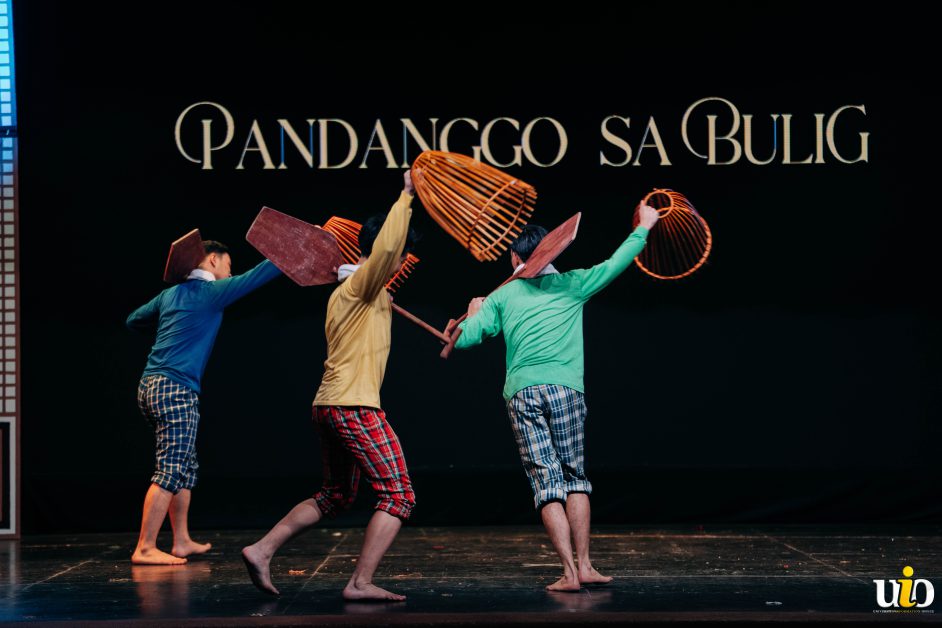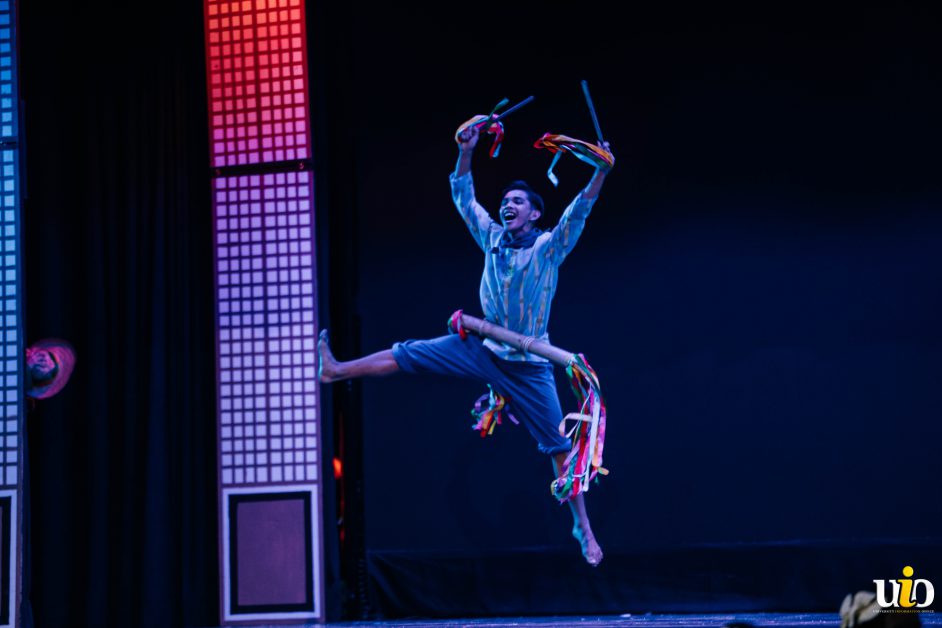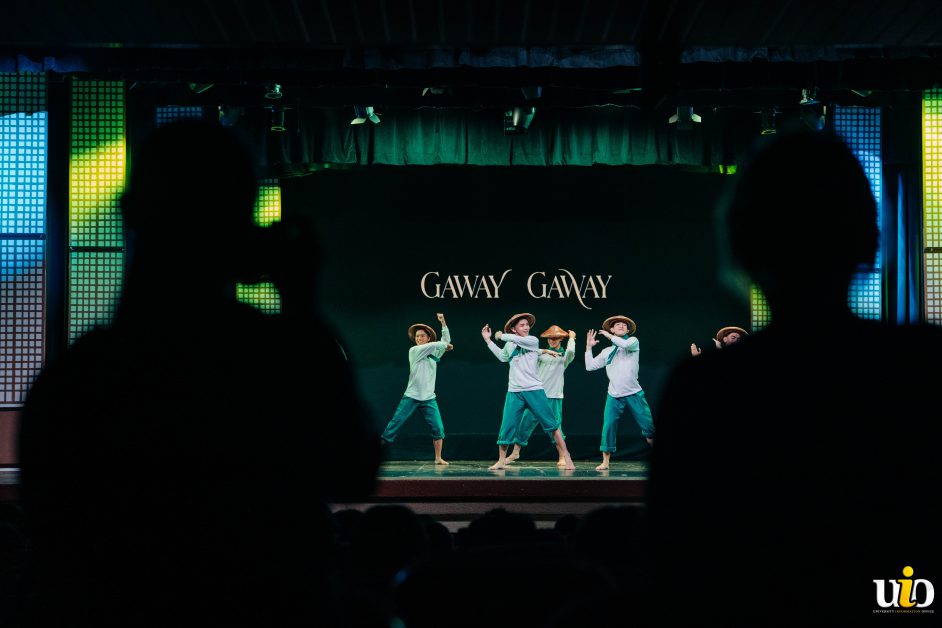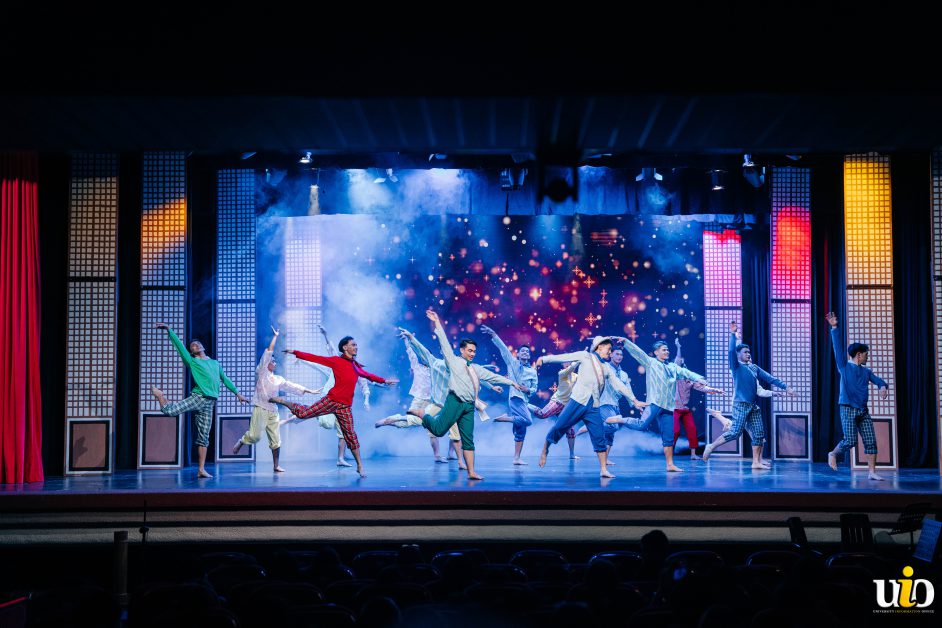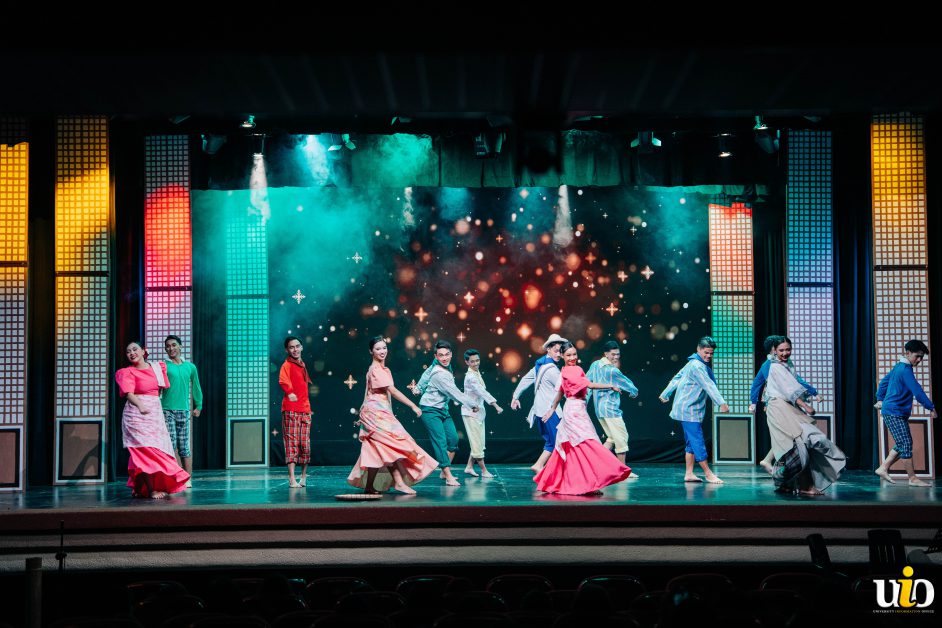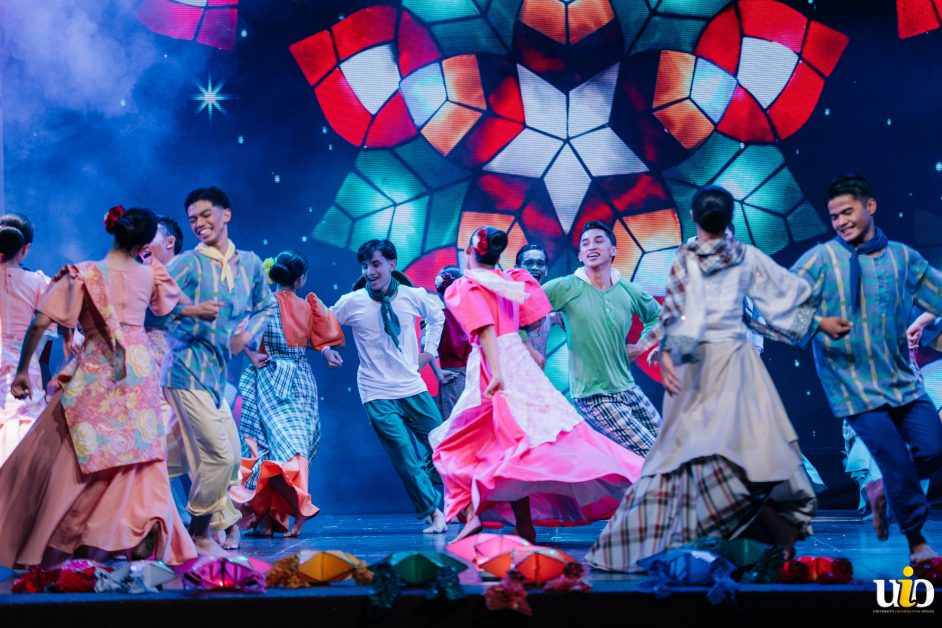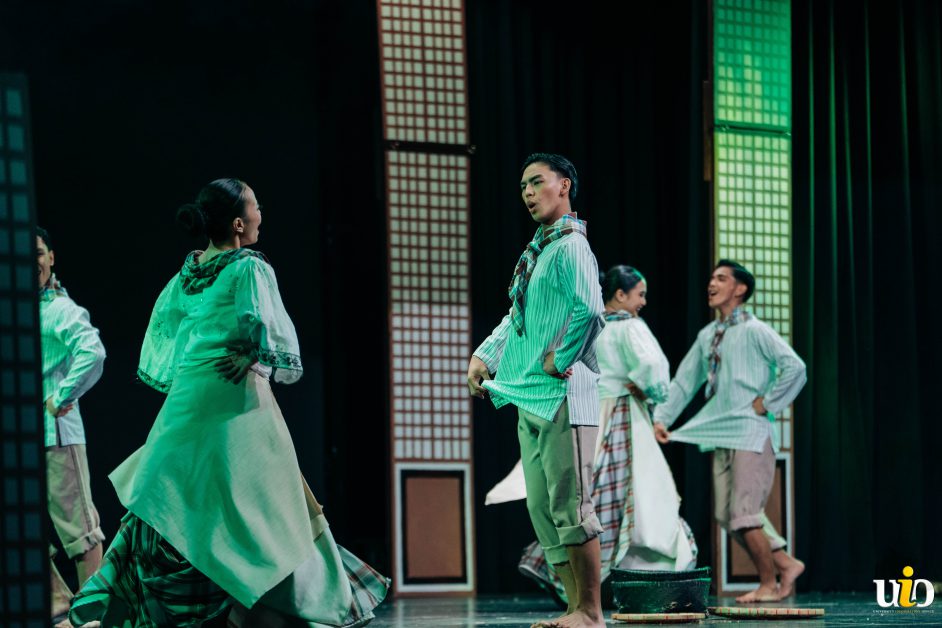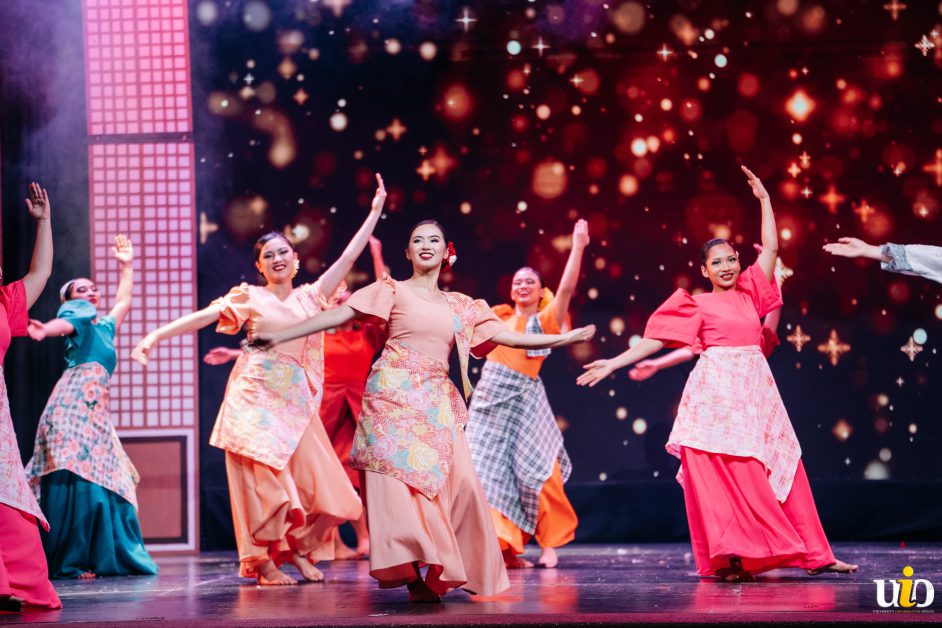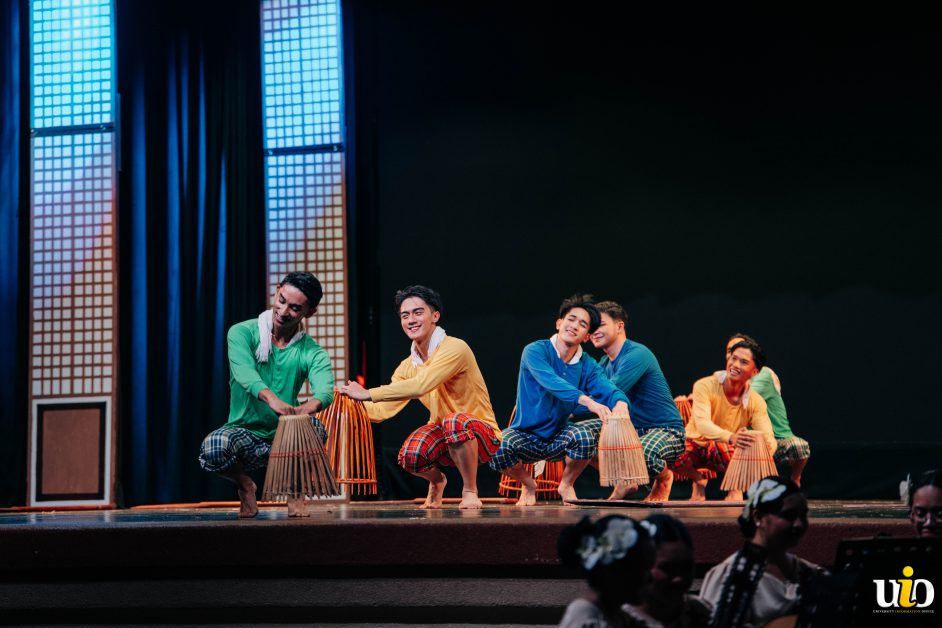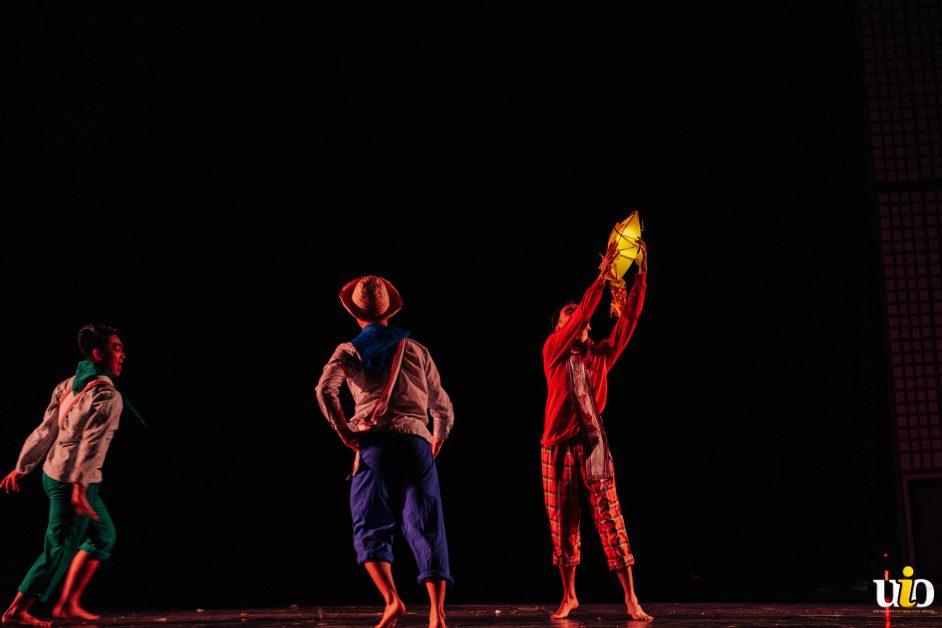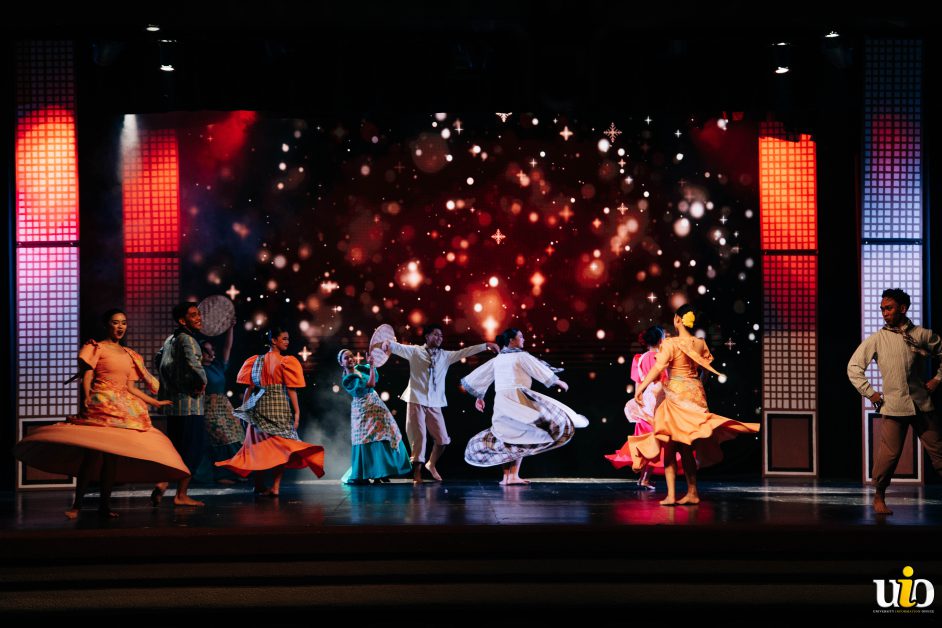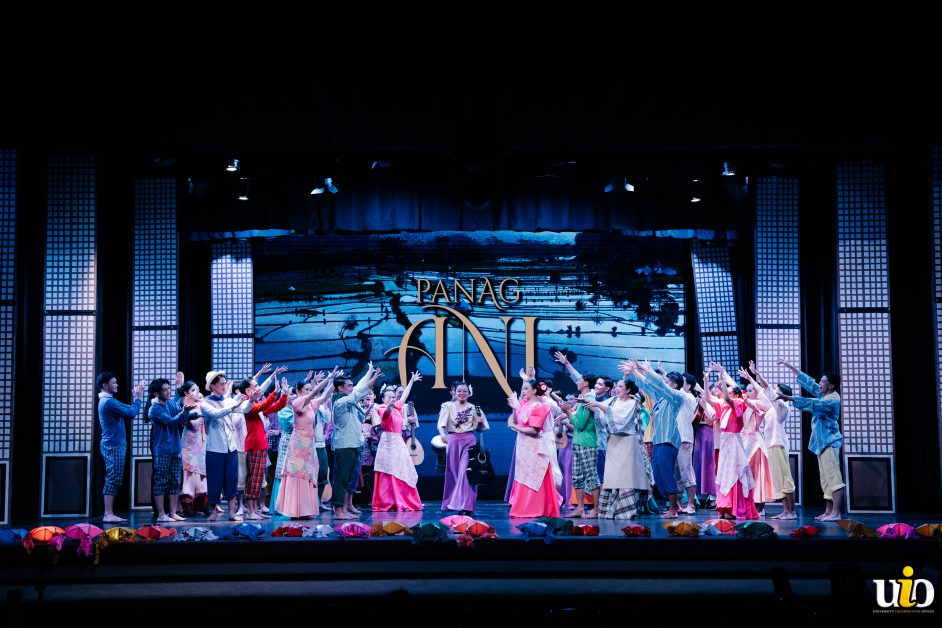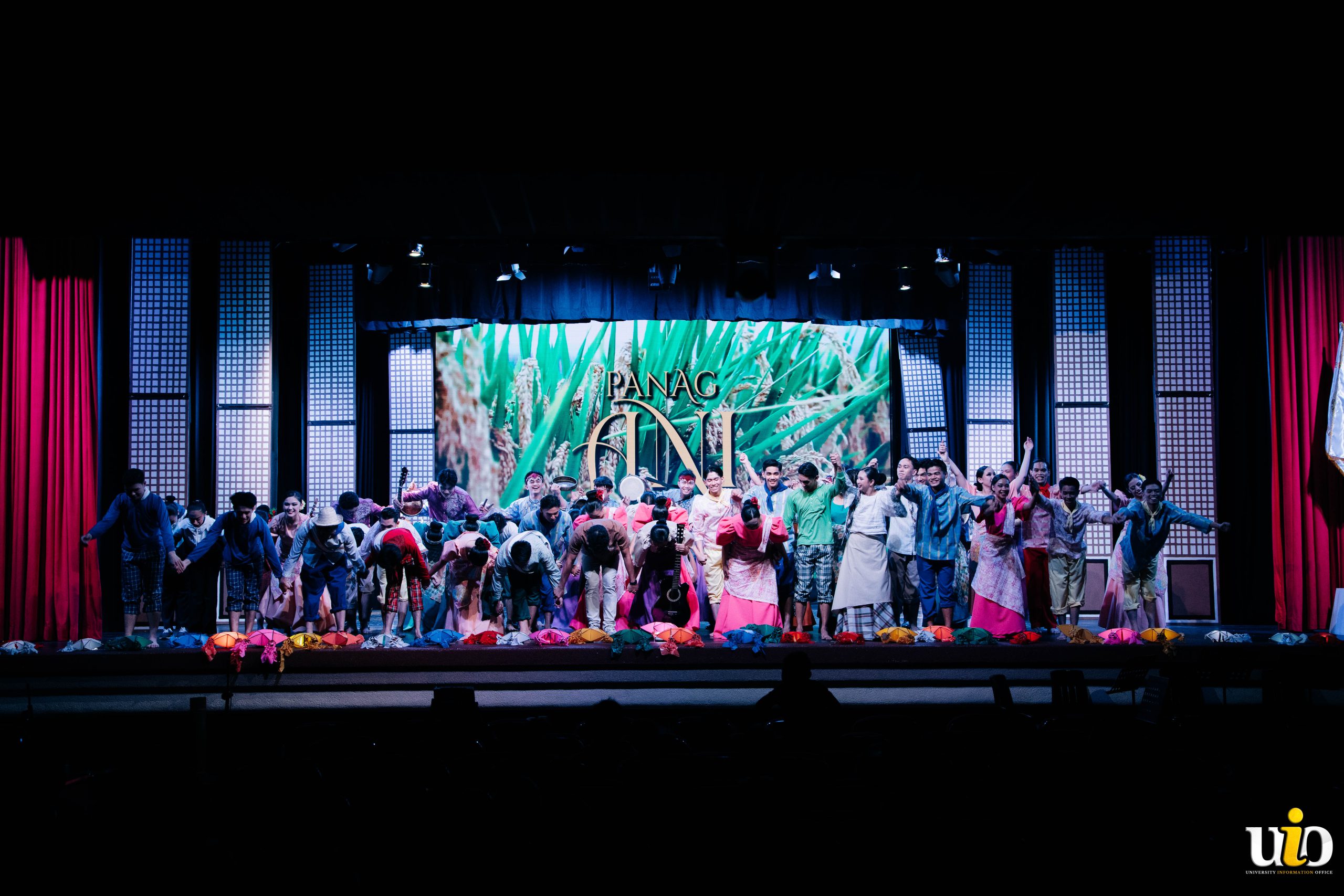A celebration of cultural unity and kinship was held on 24 November 2025 through the “Panag-ani” production of Saint Louis University’s (SLU) Dance Troupe (DT) alongside the SLU Center for Culture and the Arts (CCA) Rondalla, and the SLU Concert Orchestra Percussion Section at the Fr. Joseph Van den Daelen, CICM – CCA Theater, SLU Main Campus.
Panag-ani is a show under the Creative Direction of SLU DT Trainer and Choreographer, Sherwin Santiago, that revisited the seeds left by history folk dances inviting the Louisian community to come together to reap the bountiful harvest of Filipino culture from the treasures of our tradition. Behind every grain is a story of resilience, valor, and grit and all there is to reap is sown by the hands of beloved farmers that cradled the country from its soil unto the abundance of crops produced in hopes for a brighter future.
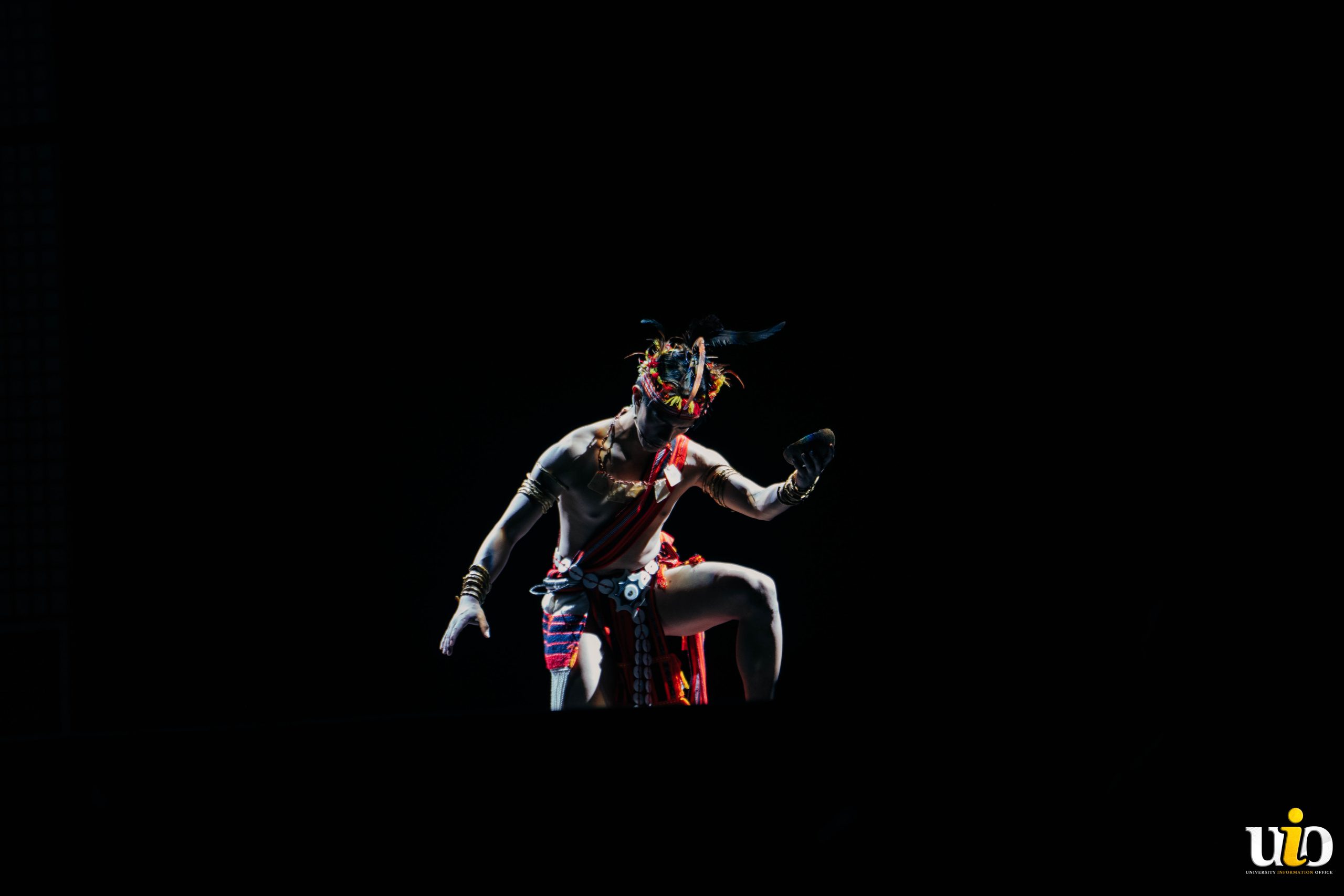
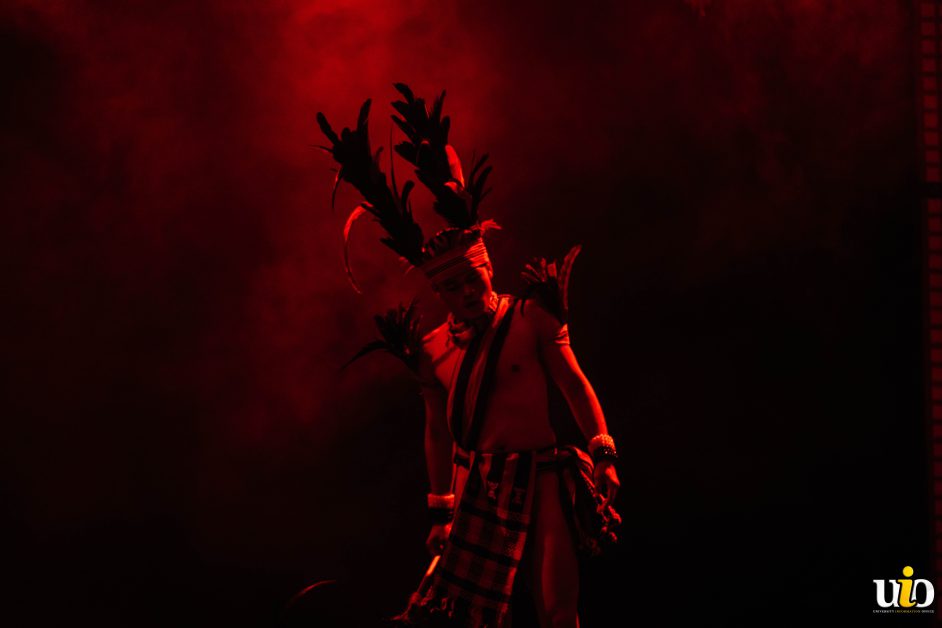
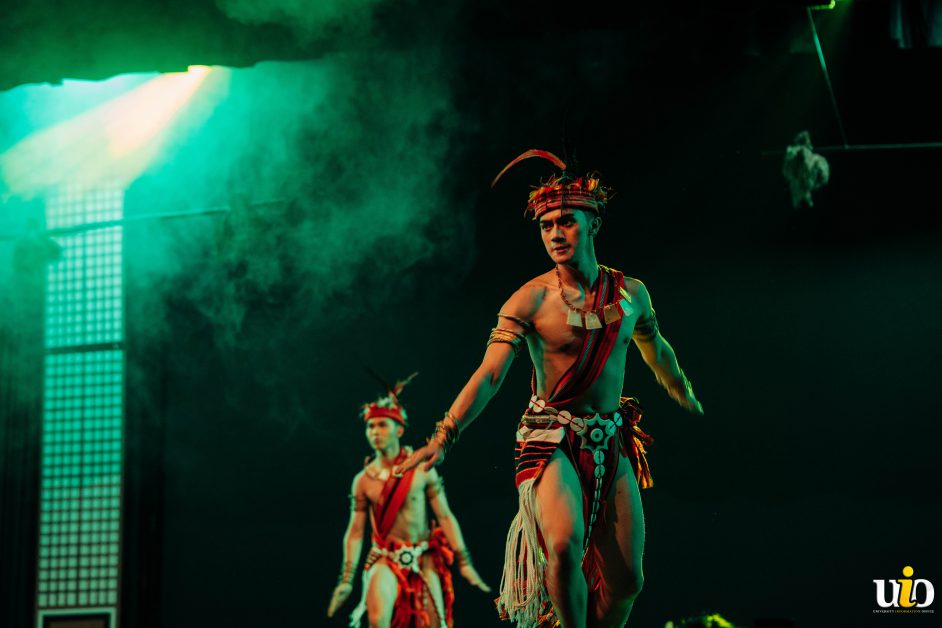
The show began with a performance of Bumayah Uyaoy, two related Ifugao dances tackling social statuses and abundance. Bumayah is an Ifugao dance of thanksgiving to the god Kabunian for the bountiful harvest. The movements of the dances mimic a rooster scratching the ground in hopes and prayer for continuity and abundance while Uyaoy, is an Ifugao wedding festival performed by kadangyans or chieftains in order to affirm their social status.
There were four clusters of dances categorized from their origins.
Cordillera Suite
Banga is a traditional dance from Kalinga from the Cordillera Administrative Region (CAR) that highlights the skills and strengths of women balancing heavy clay pots (banga) on top of their head while rhythmically dancing to the sound of gongs. This dance symbolizes the daily fetching of water that women do in Kalinga representing their strength and value to their community.
Idao is a Cordilleran war ritual dance done by the Bontoc ethnic group that takes inspiration from the real life portrayal of a hunting ritual of war ceremony. The movements within the dance are from the grace of Idao a sacred bird which Cordilleran people believe to chase away bad luck.
A traditional folk dance from the Itneg people of Abra is Idudu, a lullaby sung by fathers while rocking their children to sleep. This dance takes inspiration for the mundane daily life scenarios like the celebration of family life. Movements within the dance depict the difference of gender roles within a family, which responsibility is taken by the father or mother.
The symbol of Benguet culture and heritage is Kayabang which translates to a woven basket made of rattan or bamboo used to carry produce from farms. Benguetan women dance the kayabang as a symbol of abundance of produce.
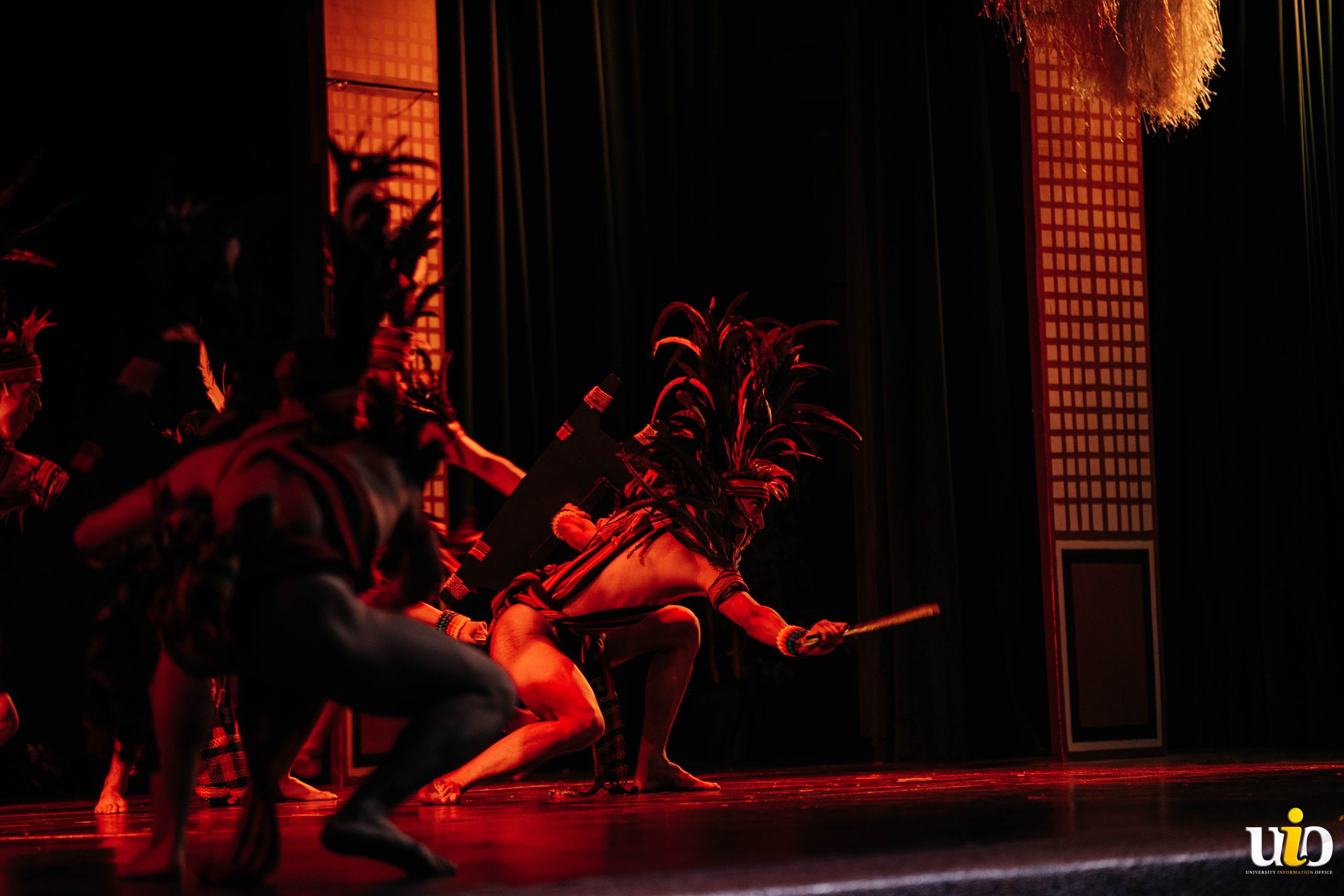
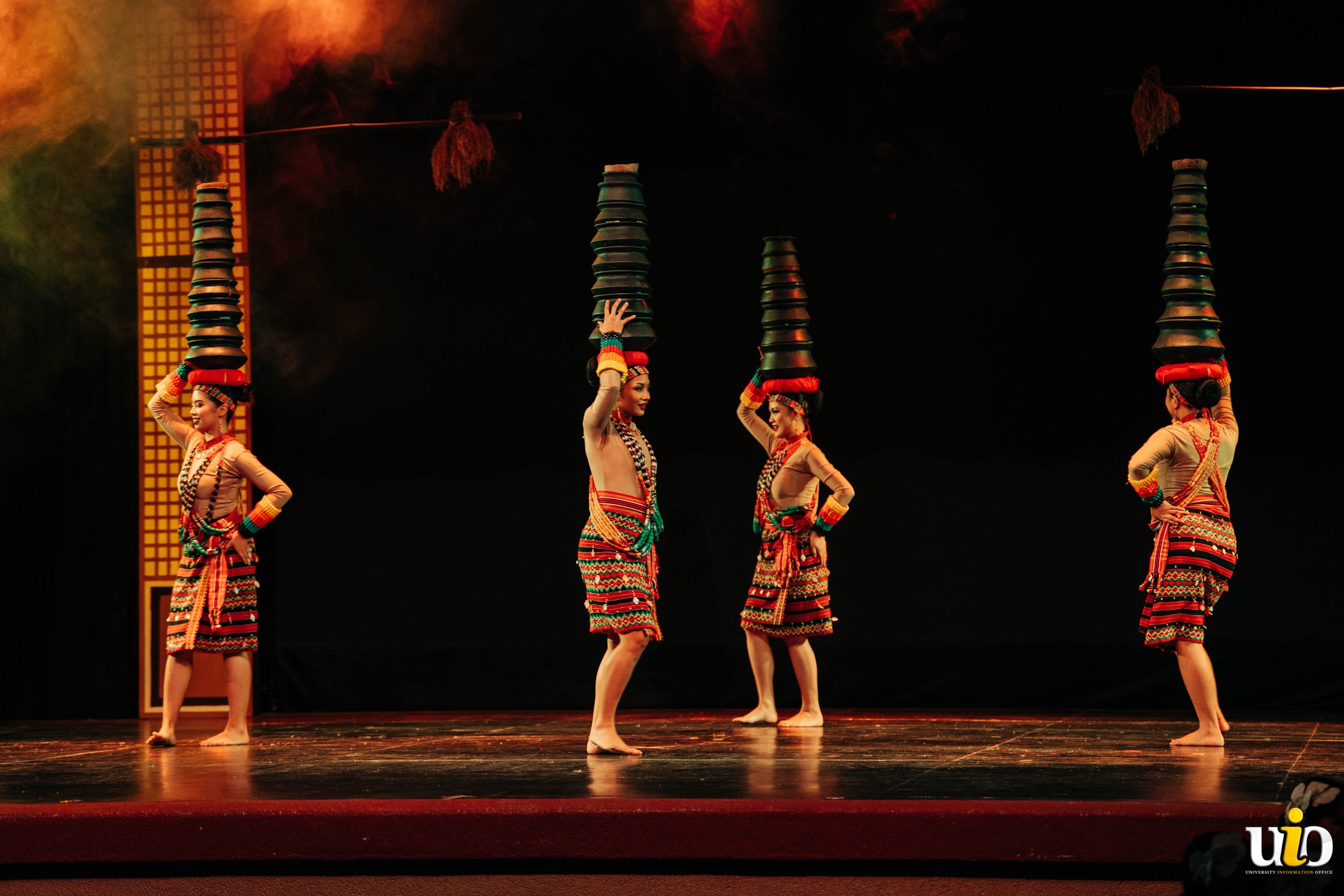

The Western Influence Dance
During the Spanish colonial period, privileged educated women in convents perform a folk dance while holding books and fans as they step into rondalla, a traditional stringed ensemble that La Estudiantina meaning “female students or scholars” dance to in a festive procession like manner.
Another Spanish-influenced dance from Palawan is Jota De Paragua, a dance typically paired with rondalla music express elaborate footwork “zapateados”, curved arm movements “cubrados”, and graceful, often slow, steps in tune with castanets and the use of “manton” a woman’s shawl.
The Lanceros De Tabayas of Quezon is a social dance functioning as a divertissement of a comedia stage play during the Spanish era through the interpretation of the Lancers and the chivalrous knights of King Arthur. It is usually performed in great ballrooms that follow the narrative of noble gentlemen meeting graceful ladies that end in crossing lines such as the old times.
Buling Buling comes from a traditional street dance celebrated in Pandacan, Manila. This street dance honors the town’s patron Saint Santo Niño on the third Saturday of January. The term Buling Buling in the Tagalog interpretation is “dazzling” or “well-dressed” wherein Filipiñana costumes are used in devotion for Santo Niño.
In combination of graceful Spanish steps and Filipino flairs characterized by unstrung bamboo castanets, Jota De Manila is a popular Philippine folk dance performed during refined ballrooms, social gatherings, and fiestas.
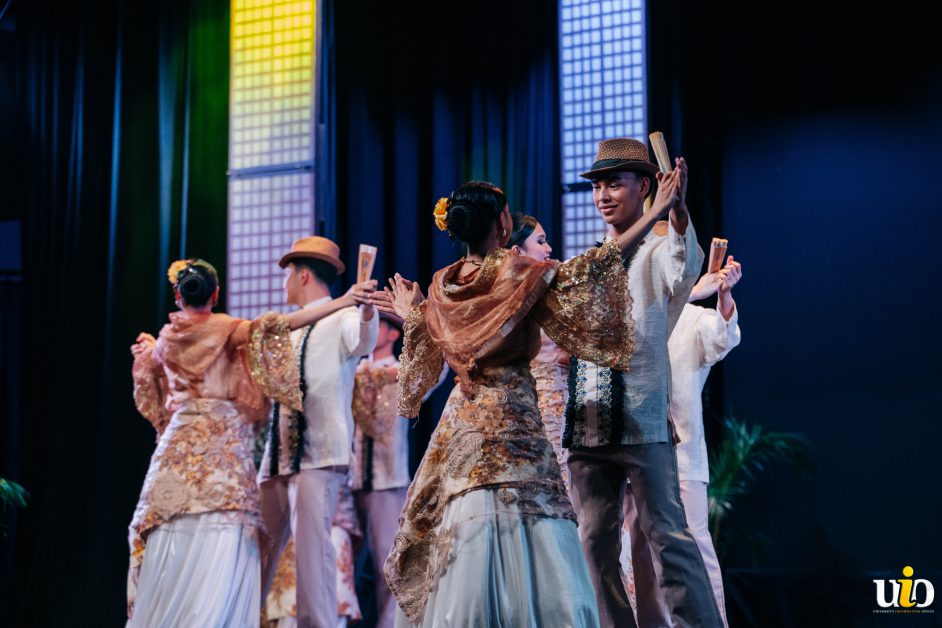
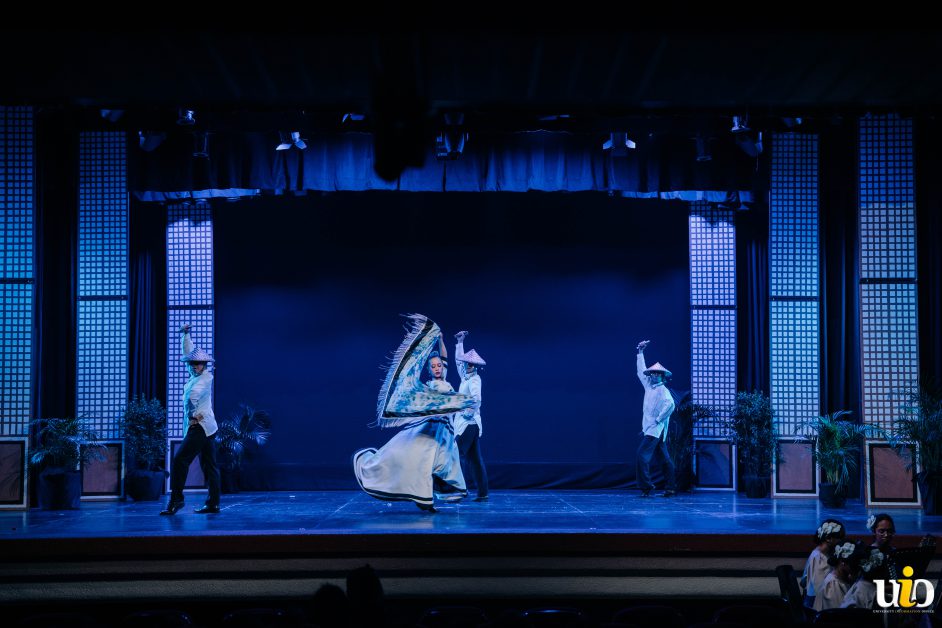

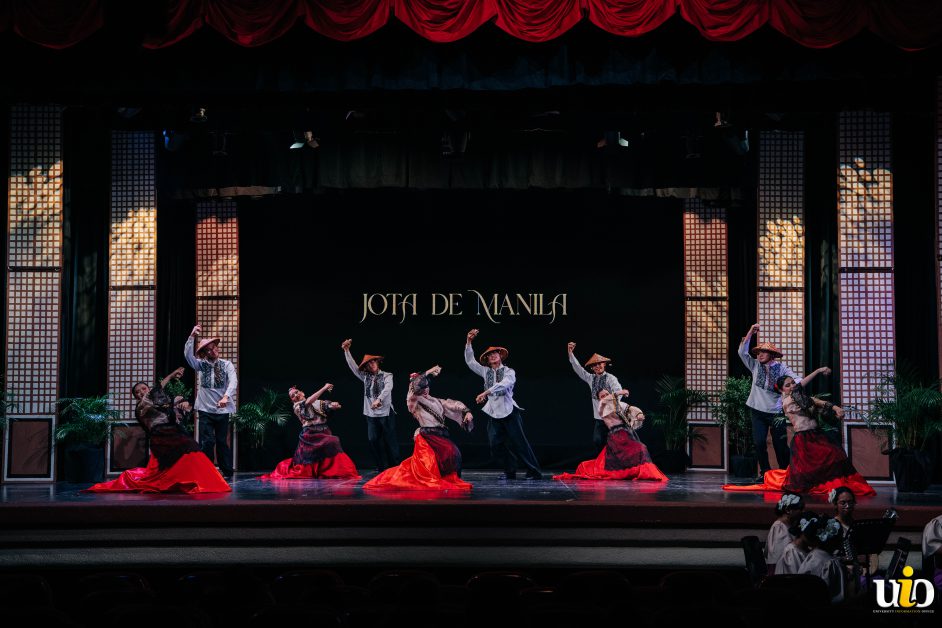

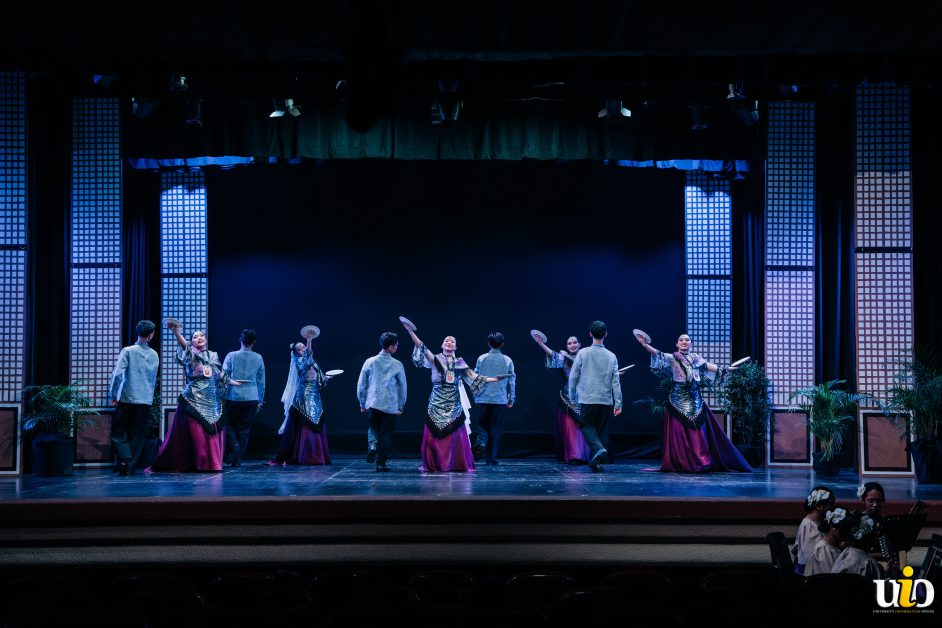



The Moro Suite
From the Lapuyan area of Zamboanga del Sur, Dumendingan is a traditional dance in celebration of a bountiful harvest. The dance can be done with partners and other performers inserting the use of bamboo poles for rhythmic clapping accompanied by intricate footwork and basic arm positions between bamboo poles tapped together for clapping.
Pig Apir is a skillful fan dance of the Maranaos dating back in the 14th century that represents values, traditions, and artistic expression of the Maranao community. In performing this dance, it mixes intricate hand movements, elegant costumes, and vibrant props.
The traditional boat dance of Sulu, Pangalay Ha Patong showcases Islamic and tribal traditions through captivating hand movements and gentle rhythmic body swaying portraying fluid-like motions. This dance highlights the cultural diversity and historical heritage of Sulu.
In Maguindanao, a traditional royal court dance called Asik is done by female dancers that embody both grace and royalty. This dance involves intricate hand movements accompanied by a percussion ensemble with dancers in colorful traditional attires. Asik may precede the performance of Singkil which tells the story of Daragen, an epic about the rescue of Princess Gandingan from an earthquake. The dance embodies weaving through crisscrossing bamboo poles in imitation of the shaking ground and falling rocks.
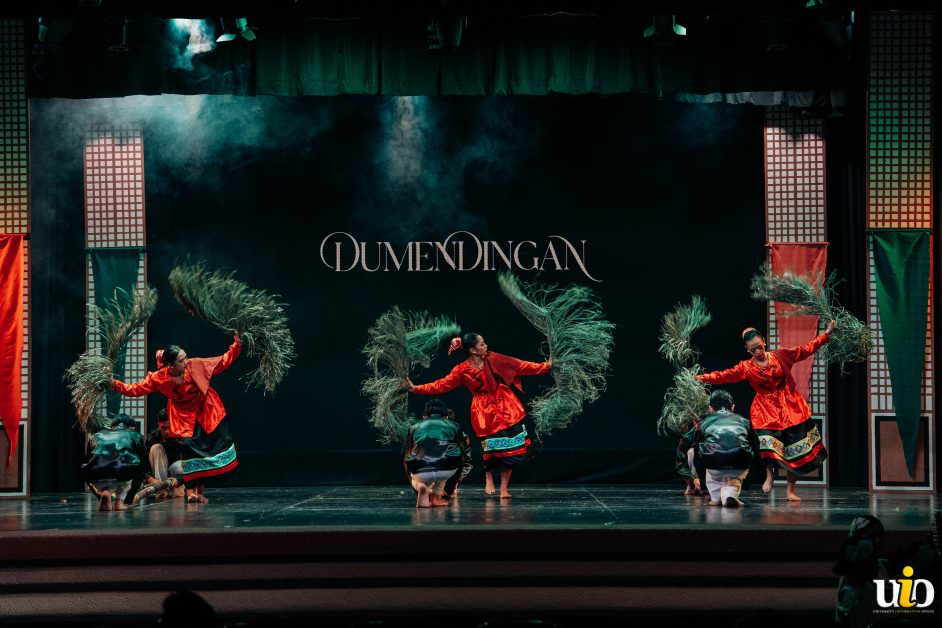
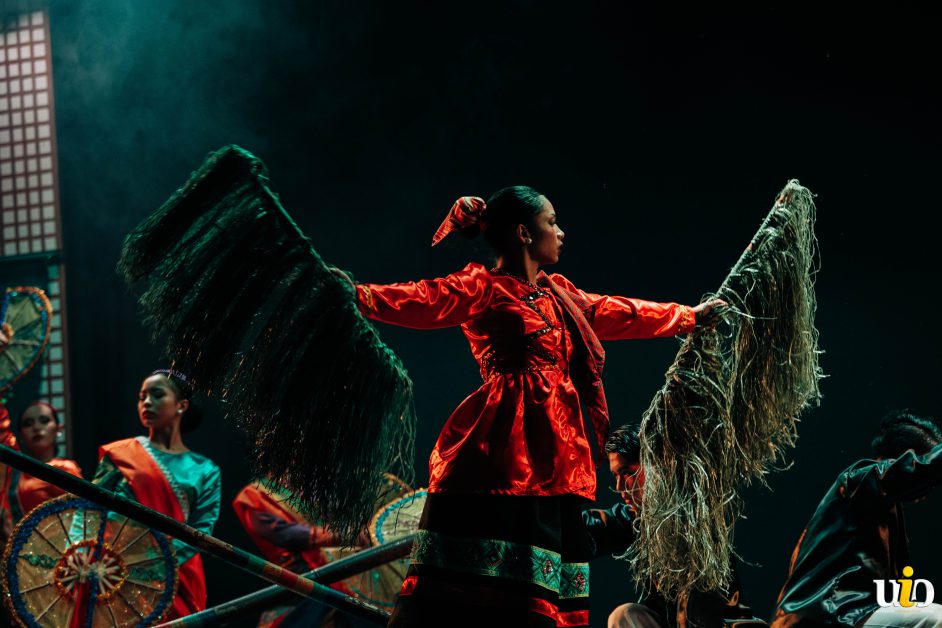
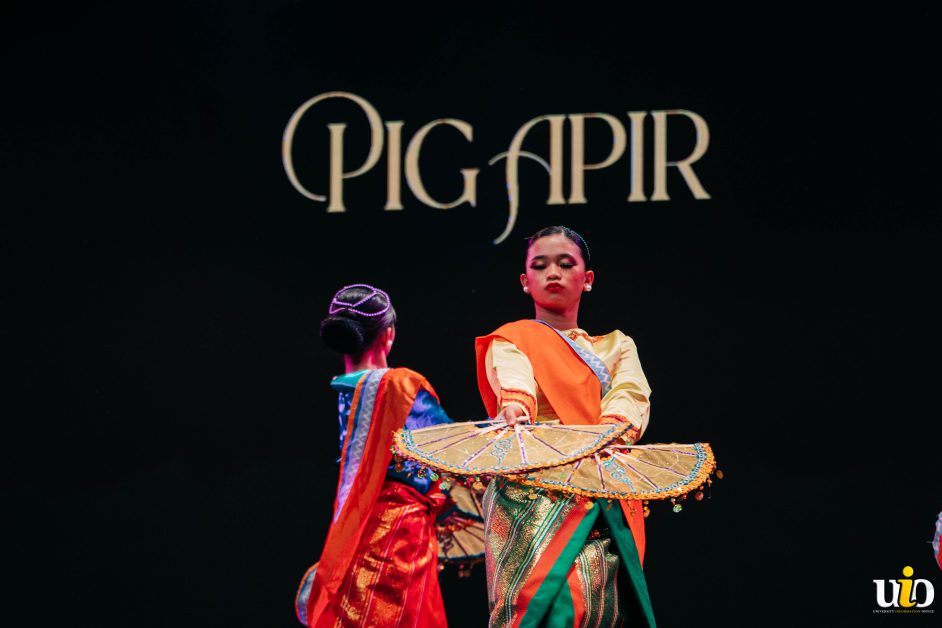


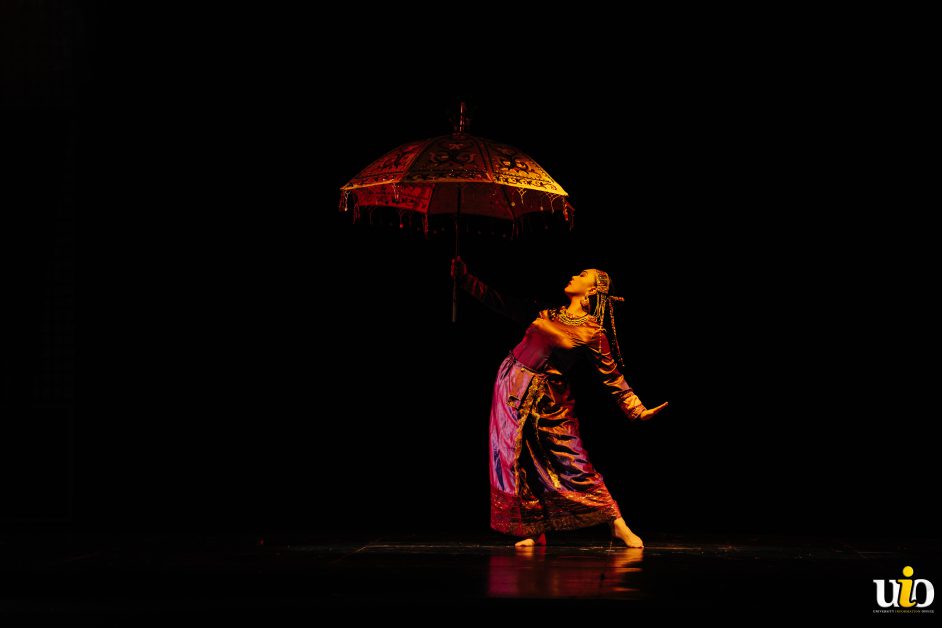
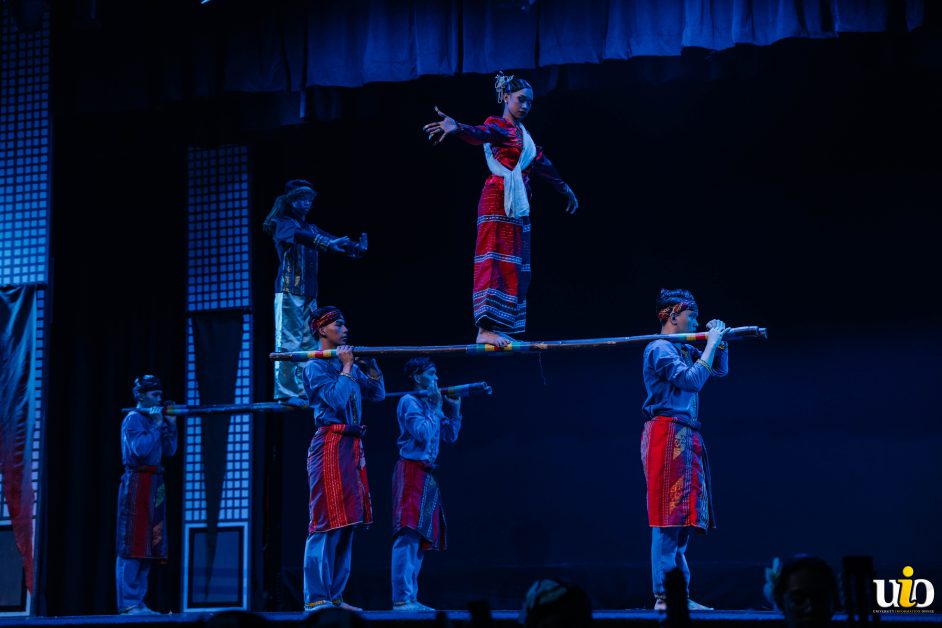
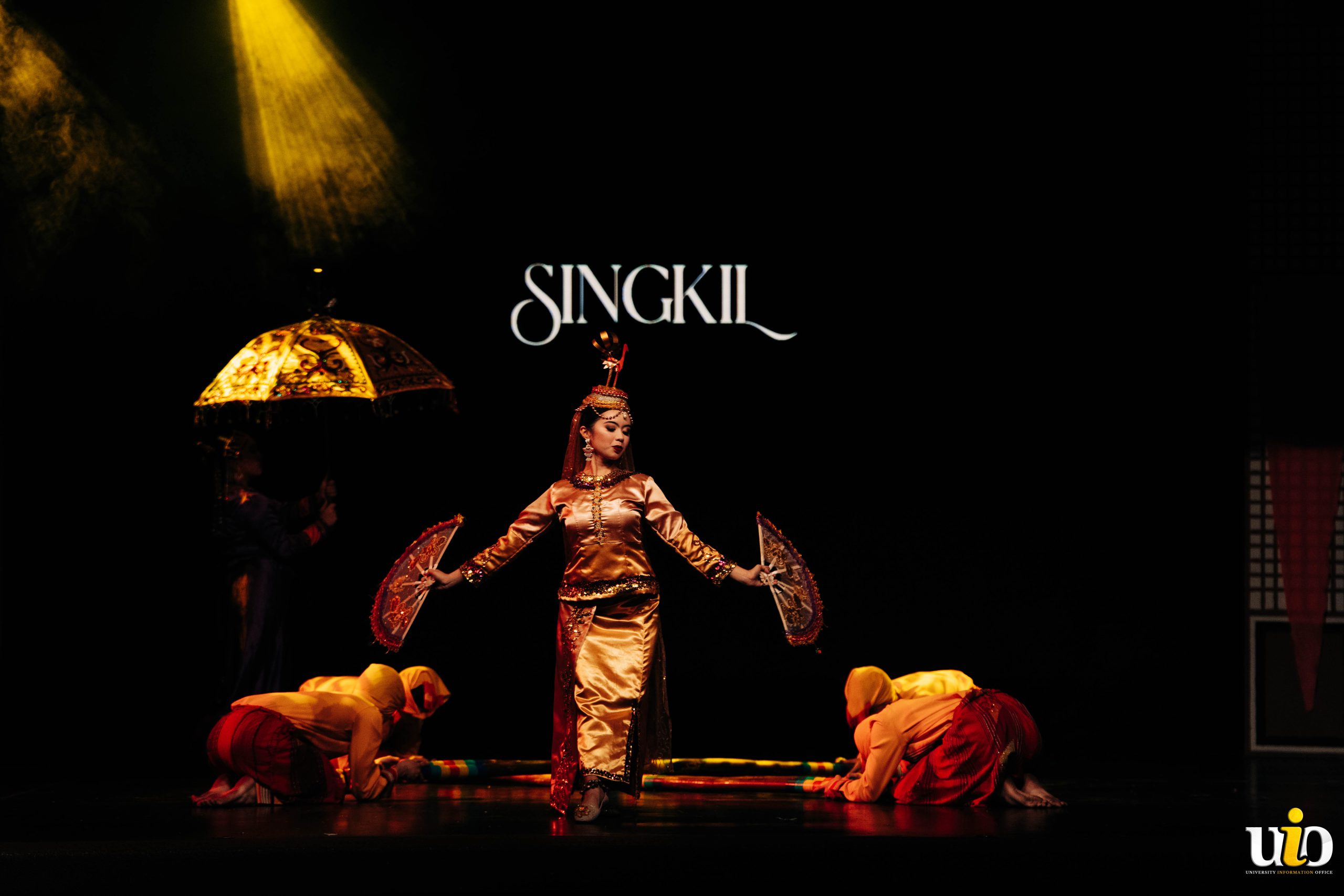

The Rural Suite
Katlo is a Philippine occupational rural folk dance from Bulacan, and as performed, the sounds of the mortars and pestles are imitated to reenact the process of pounding rice during harvest season. This dance embodies the fiesta spirit among Filipinos and recognizes community bonding and the highlight of collaboration.
In Jaro, Leyte, they celebrate the bountiful harvest of the gaway plant, a taro like vegetable, through their rural Philippine harvest dance Gaway Gaway. This dance imitates the movement farmers do while harvesting. Female dancers carry a “nigo” or winnowing tray and dance with lively music that reflects the joys of country life and the spirit of community.
From the origins of Lingayen, Pangasinan, the Spanish Pandanggo Oasiwas is a celebratory dance for fishermen after a good catch while drinking wine and dancing by circling lighted lamps on the hands of the dancers with this dance’s lively nature and theme, it gave the Oasiwas which means ‘swinging’.
Pandanggo sa Bulig is a traditional folk dance from Bocaue Bulacan which was first performed in “Pagoda sa Wawa” Fluvial Festival. “Bulig” is the Tagalog term for mudfish, these fishes are attracted to the light ingenuously clipped on fishermen’s hats as they catch them through the use of “salakab”, their bamboo covered traps.
Striking the beat with a bamboo percussion instrument, men who perform the Karatong create a rhythmic beat to celebrate the mango harvest season in Cuyo, Palawan. Women then dance with bunga-mangga, stick props representing the flowers of mango. The karatong celebrates local culture and the beauty of rhythms patterned with a joyous dance movements
The show concluded with a vibrant performance that expressed the holiday spirit of Christmas as the soon graduates of the SLU DT took their final bows as part of the CCA.
Farmers are the hearts that beat through the enriched land with every day stories about the mundane yet impactful country lives. Their hands are the first to wake up in silence and with unwavering patience and resilience for the whole country; they remain the rooted caregivers of traditions in every grain.
PANAG-ANI is an opportunity to look back and reconnect with our cultural roots by full body expressions of purpose, intent, and meaning. In every kind of harvest, stories were told through cultural dances, symbols, and representations. The show constitutes the living memory of cultural expression in communities that strengthens the social fabric through the art of dance that will empower the generations to come. (Article by: Catherine Rose Bondoc, UIO Intern | Photos by: Clark Justin Alenso, UIO Intern)
